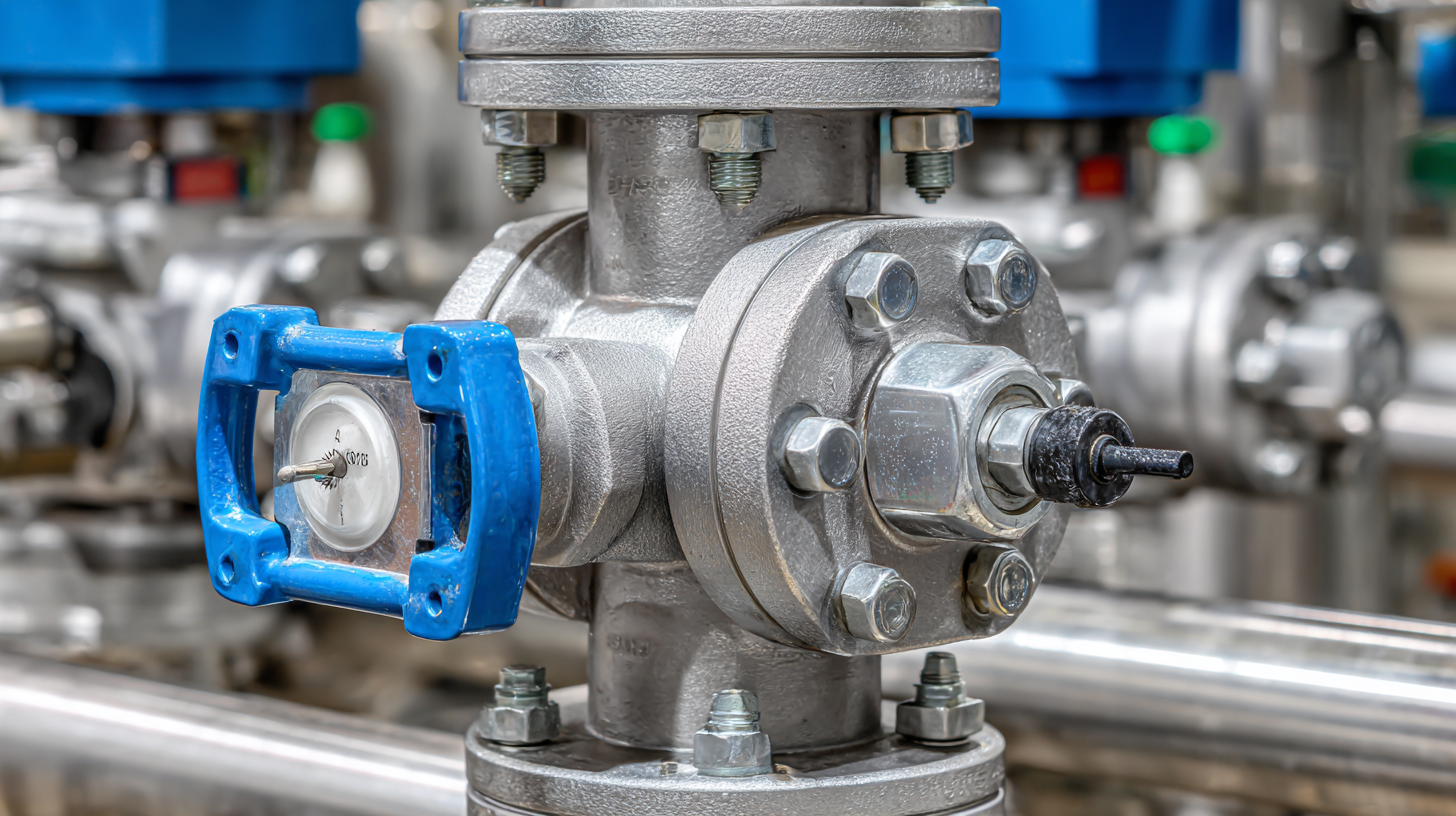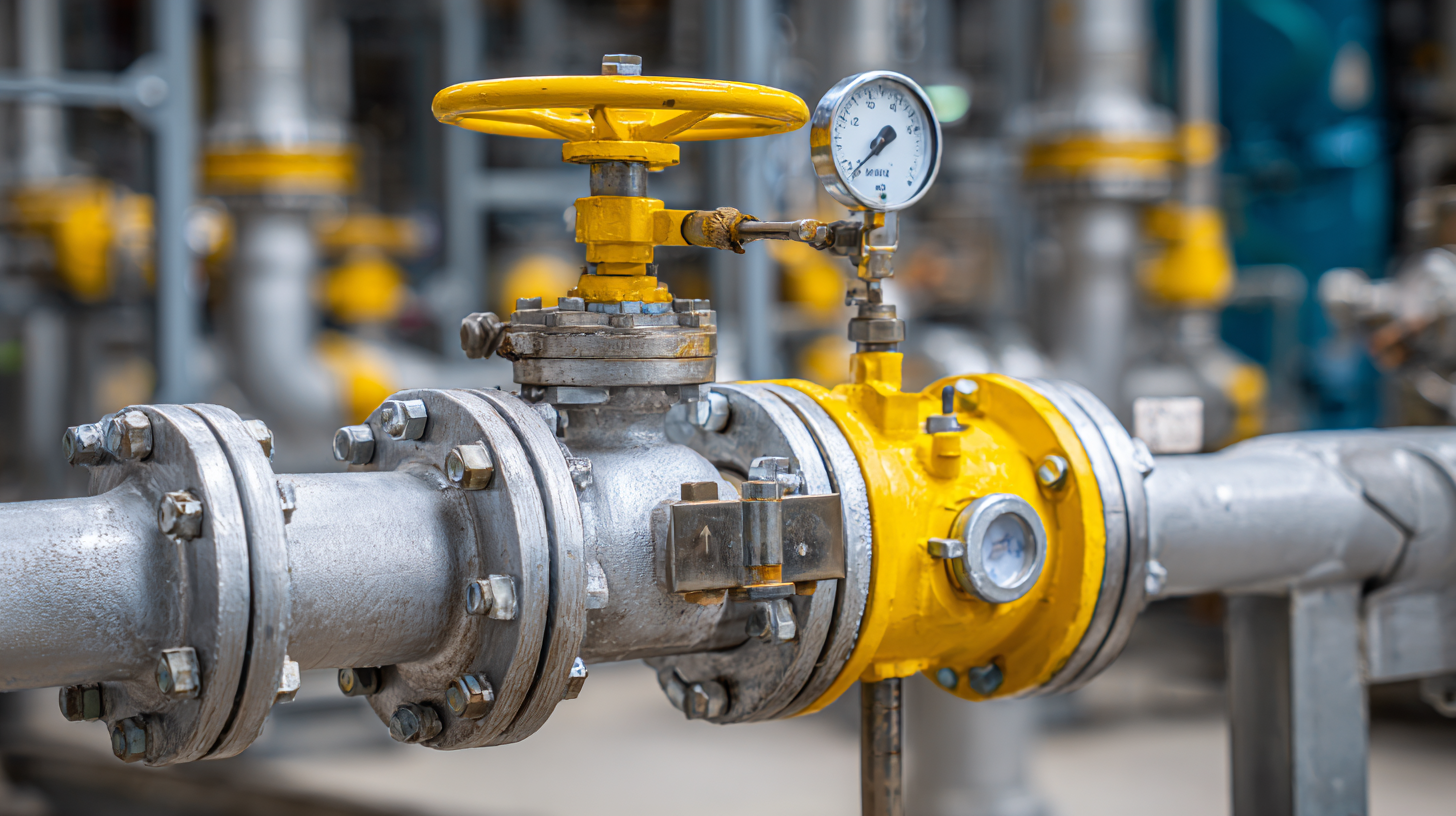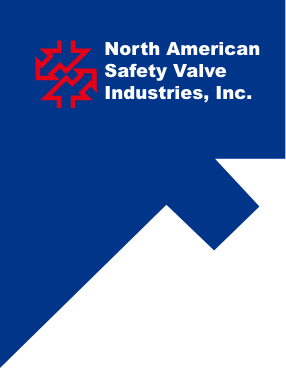Understanding the Common Issues with Pressure Relief Valve Functionality
Pressure Relief Valves (PRVs) play a crucial role in maintaining system safety and integrity across various industries, including oil and gas, chemical manufacturing, and power generation. According to a recent industry report by Research and Markets, the global pressure relief valve market is projected to grow significantly, reaching an estimated value of $7.4 billion by 2025, driven by increased demand for safety regulations and operational efficiency.

Despite their critical functionality, PRVs often experience common issues such as improper sizing, corrosion, and malfunctioning mechanisms, which can lead to catastrophic failures if not addressed adequately. In this blog, we will explore these prevalent challenges and discuss alternatives that can enhance the performance and reliability of pressure relief valves, ensuring a safer operational environment for industrial applications.
Common Pressure Relief Valve Failures: Statistics and Key Factors
Pressure relief valves (PRVs) play a crucial role in maintaining safety in various industrial applications by preventing overpressure conditions. However, several common failures can undermine their functionality. Statistics indicate that nearly 30% of pressure relief valve failures are attributed to improper installation. This can lead to leaks or failure to open at the designated set pressure, which may result in catastrophic failures. In addition, inadequate maintenance practices account for another significant portion of PRV malfunctions, emphasizing the necessity for regular inspections and servicing to ensure they operate effectively.
Moreover, environmental factors such as temperature fluctuations and the presence of corrosive substances can also significantly affect the performance of pressure relief valves. Corrosion can weaken the valve materials, resulting in leaks or a complete breakdown, while extreme temperatures can alter the mechanical properties of the valves, causing them to malfunction. Understanding these key factors and associated statistics is essential for industrial operators to take proactive measures, including proper training for personnel and implementing rigorous testing protocols, to prevent failures and enhance overall safety.
Top 5 Reasons for Inadequate Pressure Relief in Process Systems
 Pressure relief valves (PRVs) are crucial components in ensuring the safety and efficiency of process systems. However, inadequate pressure relief can lead to serious safety hazards and operational inefficiencies. One common reason for subpar performance is improper sizing. If a PRV is too small for the system's requirements, it may not release enough pressure, risking potential equipment failure. Conversely, an oversized valve can lead to erratic operation and frequent cycling, causing wear and tear.
Pressure relief valves (PRVs) are crucial components in ensuring the safety and efficiency of process systems. However, inadequate pressure relief can lead to serious safety hazards and operational inefficiencies. One common reason for subpar performance is improper sizing. If a PRV is too small for the system's requirements, it may not release enough pressure, risking potential equipment failure. Conversely, an oversized valve can lead to erratic operation and frequent cycling, causing wear and tear.
Another major issue stems from poor maintenance practices. Regular inspections and maintenance are essential to keep PRVs functioning optimally. Accumulated debris, corrosion, or wear and tear over time can hinder their functionality. Furthermore, the absence of proper testing procedures can lead to unknown failures. Finally, incorrect installation often leads to inadequate pressure relief. Misalignment or improper orientation can impair the valve's ability to operate as intended. Addressing these issues can significantly enhance the reliability of pressure relief systems, ensuring safety and efficiency in processing operations.
Impact of Design Flaws: 3 Major Issues Affecting Valve Performance
Pressure relief valves (PRVs) are crucial components in industrial systems, ensuring safety and preventing catastrophic failures. However, design flaws can significantly impact their functionality, leading to three major issues: improper sizing, material degradation, and inadequate maintenance. According to a report by the American Society of Mechanical Engineers (ASME), improper sizing accounts for nearly 30% of pressure relief valve failures, resulting in unsafe operating conditions and potential equipment damage.

To enhance valve performance, it is essential to choose the right size for the application, taking into account the maximum flow requirements and pressure settings. Regular inspections and testing are also vital for detecting signs of wear or deterioration. A study by the National Board of Boiler and Pressure Vessel Inspectors indicates that nearly 50% of PRVs in the field are overdue for maintenance. Implementing a stringent inspection schedule can mitigate risks associated with material degradation.
Tips: Always consult with engineers to confirm the correct specifications when selecting a PRV. Additionally, maintain a close record of service history to ensure timely maintenance and avoid unnecessary downtime in operations. Lastly, consider using advanced materials for the valve body to withstand severe conditions, minimizing the likelihood of failures.
4 Maintenance Practices to Prevent Pressure Relief Valve Malfunctions
Pressure relief valves (PRVs) play a crucial role in ensuring the safety and functionality of various systems across industries. However, malfunctions can lead to significant risks, including equipment failure and hazardous incidents. According to the 2022 Safety Equipment Market Report, over 30% of industrial accidents stem from valve failures, underscoring the necessity of proper maintenance.
To mitigate these risks, implementing specific maintenance practices is essential. First, regular inspections should be conducted to identify any signs of wear or corrosion. As suggested by the Valve Manufacturers Association, valves should be tested at least annually to ensure they are functioning correctly.
Additionally, it’s vital to keep the valve area clean and free of debris, as contaminants can impede operation. Implementing a lubrication schedule based on the manufacturer's recommendations can prevent issues related to moving parts. Lastly, training staff on proper handling and operational procedures enhances awareness and can significantly decrease malfunction chances.
Tip: Establishing a routine maintenance checklist can help streamline the upkeep process, ensuring no critical steps are overlooked.
Understanding the Common Issues with Pressure Relief Valve Functionality - 4 Maintenance Practices to Prevent Pressure Relief Valve Malfunctions
| Issue | Description | Maintenance Practice | Frequency |
|---|---|---|---|
| Corrosion | Degradation of valve materials due to environmental factors. | Regular inspection and application of protective coatings. | Quarterly |
| Blockages | Obstruction of the valve opening due to debris. | Routine cleaning and flushing of pipelines. | Monthly |
| Seal Leak | Loss of sealing integrity around the valve. | Regular inspection and replacement of seals. | Annually |
| Spring Fatigue | Loss of spring tension over time. | Periodic testing of spring pressure and replacement as needed. | Biannually |
Understanding Pressure Relief Settings: 6 Common Misconfigurations and Their Effects
Pressure relief valves (PRVs) are critical components in various industrial applications, ensuring safety by preventing system overpressurization. However, misconfigurations related to pressure relief settings can significantly undermine their effectiveness. According to the Hydraulic Institute, approximately 20% of pressure relief valves fail to operate within specified settings due to incorrect pressure adjustments or overlooked maintenance practices. This misalignment can lead to catastrophic failures, costing organizations an estimated $20 billion annually in lost productivity and damages.
One common misconfiguration is setting the relief pressure too high, which may prevent the valve from opening under excessive pressure, thereby exposing the system to risks. A report from the American Society of Mechanical Engineers highlighted that nearly 30% of pressure relief systems were set beyond the recommended limits. Additionally, failure to regular inspection can result in corrosion or wear that compromises valve functionality. Ensuring that PRVs are correctly configured and routinely tested is essential for operational reliability, mitigating risks, and safeguarding equipment integrity.
